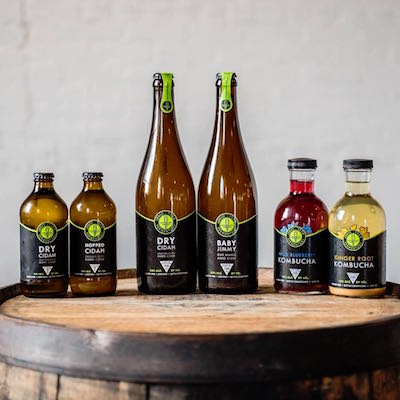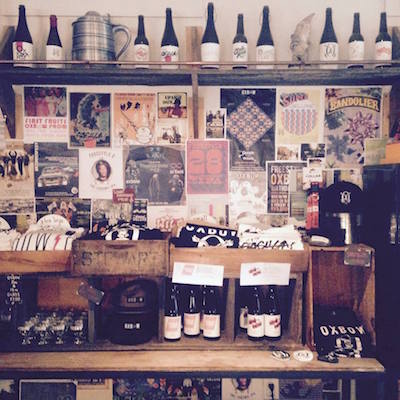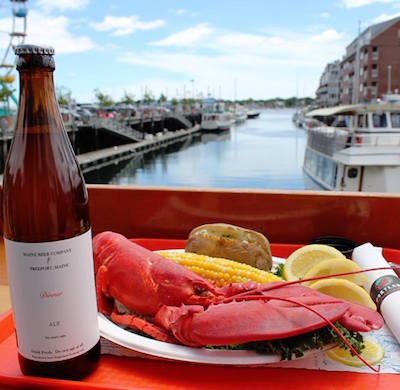Craft Beer Guide to Maine: 5 Places To Drink Beer in the Pine Tree State
Photo via Allagash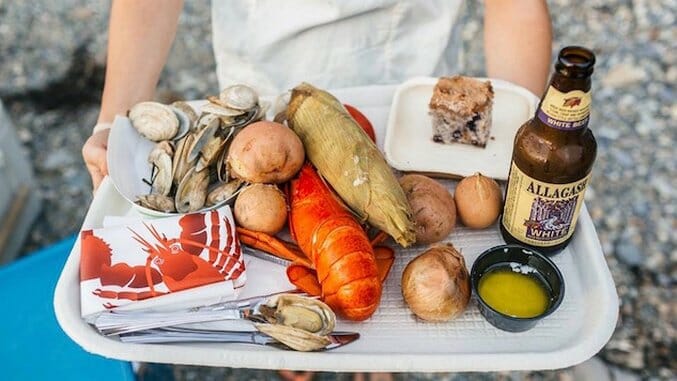
Less Is More?
As with most things in a marriage, the details of our trip started with a negotiation. We were driving from Washington, DC, to Acadia National Park, with several pits stops along the way—NYC, Portland, Camden, Cape Cod—and my wife knew that breweries would be part of the itinerary—because it’s always part of the itinerary. Denver, Fort Collins, Portland, Oregon. We’ve toured more than a handful of beer cities, but she can never indulge in more than a few sips because they trigger migraines. A sip of an IPA, a small pour of a sour or a saison, sure. But I knew that what I hoped for—dedicating half the itinerary to beer—wasn’t gonna happen. Not if I wanted to have fun on the trip and…you know…stay married.
I knew I had to narrow my ambition considerably.
Maine does not make this easy. It boasts 57 breweries, according to the Maine Brewer’s Guild, including Allagash—who built their empire by introducing the Belgian White to mainstream America—and a slew of other must-visits. The official map of Maine Breweries is so dense with points of interest it looks like Google Maps contracted the measles.
The route we’d take—driving north from Portland along Route One to Acadia—did help eliminate some of the contenders. But Portland has more than half a dozen breweries and loads of beer-centric bars and bottle shops, and that’s just one town.
So, I narrowed it down to three stops. Well, I started with five, but quickly realized (with my wife’s patience guidance) that three was the magic number. To help focus, I looked to the craft pioneers (Allagash) as well as the results of best-of lists, like the ranking of the best American IPAs (Maine Beer Company) and the sage advice of similarly beer-obsessed friends who’d toured the state last year (Oxbow). I also planned to scour every Whole Foods I could. Those shelves always carry surprises.
What I didn’t expect? The joys of discovering things beyond the rare beer you had to try. Visiting the sprawling complex of Urban Farm Fermentory to try flights of kambucha, cider, and gruit, an ancient form of beer made from fermented herbs. Or finding a stellar beer list at a restaurant amidst the tourist frenzy of Bar Harbor, just outside of Acadia. And discovering that any self-respecting establishment throughout the state—from lobster shacks to oyster-shucking upstairs bars—prides itself on carrying a few local brews, most of which were entirely new to me. And most of those places also had a nice dry white wine that my wife could enjoy.
Allagash
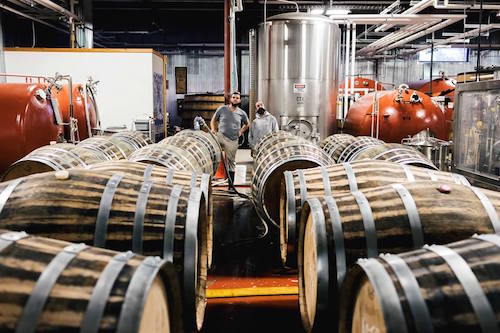
Brewer Rob Tod timed the launch of Allagash perfectly. The U.S. beer scene had become familiar with German and British styles, but Belgian styles hadn’t found its place on the American palate. He assembled a 15-barrel brewhouse made from used equipment and sold his first batch of the Belgian wheat—aptly named the Alllagash White—in 1995. For some, it was a gateway into a variety of other styles. For others, it’s just a great freakin’ beer; it still accounts for most of Allagash’s sales more than 20 years later.
Tod has since expanded his line to include other Belgian staples like its Tripel, Dubbel, and the Saison, a relative newcomer that’s fast becoming one of the strongest-selling brews in their line. But beer geeks likely gravitate toward Allagash’s more adventurous offerings, like their experimental limited-release beer and those that pass through the coolship. The latter uses a traditional Belgian method of spontaneous fermentation, where the hot, unfermented wart is cooled overnight using the ambient outdoor temperature in a large, shallow pan known as a “coolship,” which encourages wonderfully unpredictable elements (like the wild berries growing just outside) to inoculate the beer. The next morning, it’s transferred into French oak wine barrels, where it’s aged for one to three years and then blended to create tart, sour beers like the Resurgam. Built in 2007, it’s the only one in the country, and the stained-glass windows (which always stay open) evoke a cathedral atmosphere to the room.
My visit to the brewery was relatively quick—as are most. The tours are free, as are the samples of the four beers they have on tap each day, but they don’t sell beer by the pint at the brewery, so that the tours keep moving and the tasting room doesn’t become a mess of tippled tourists. I met with Lindsay Bohanske, the brewery’s media handler and all-around beer expert, for a quick walk through the facility, which sits in the same place where Tod first started brewing, about a 15-minute drive outside of downtown Portland. The facility has naturally expanded in the decades since he sold his first Allagash White, and now includes bottle and canning and the wild barrel room.
I left with two bottles of their Farm to Face, a limited-edition ale brewed with three pounds of peaches per gallon of beer. The fruit was sourced from Applecrest Farm in New Hampshire, and last year’s crop had suffered from a premature frost—the 2016 would be the last until 2018. Start planning your trip now, and hope they still have a few available. Oh, and if you want the tour, reserve a space.
-

-

-

-

-

-

-

-

-

-

-

-

-

-

-

-

-

-

-

-

-

-

-

-

-

-

-

-

-

-

-

-

-

-

-

-

-

-

-

-

